10 Useful Tips On How To do Yoga At Home
Yoga can be extremely beneficial for your health. By practising yoga regularly, you will observe an improvement in your health. Your body will be healthy and your mind will be at peace.
While you can join together and share the experience with fellow practitioners at a local studio, sometimes just making it to a studio can be challenging, from the traffic to the parking and travel time in between.
This is why many people choose to do their yoga at home. Here are some tips for you to practice yoga safely.
Health benefits of Yoga: Mental and Physical
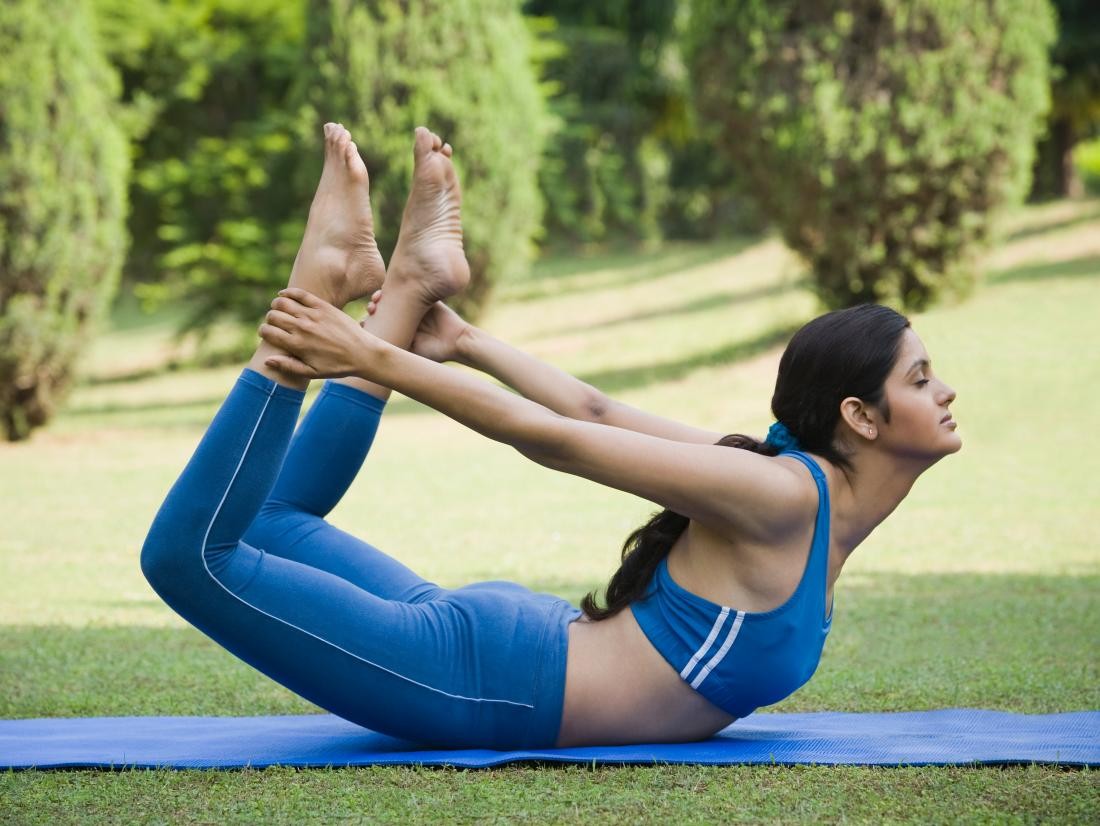 |
| Photo: Getty Images |
Like yoga, the osteopathic approach to wellness focuses on your body’s natural tendency toward health and self-healing.
“The purpose of yoga is to build strength, awareness and harmony in both the mind and body,” explains Natalie Nevins, DO, a board-certified osteopathic family physician and certified Kundalini Yoga instructor in Hollywood, California.
While there are more than 100 different types, or schools, of yoga, most sessions typically include breathing exercises, meditation, and assuming postures (sometimes called asana or poses) that stretch and flex various muscle groups.
Physical benefits
“The relaxation techniques incorporated in yoga can lessen chronic pain, such as lower back pain, arthritis, headaches and carpal tunnel syndrome,” explains Dr. Nevins. “Yoga can also lower blood pressure and reduce insomnia.”
Other physical benefits of yoga include:
- increased flexibility
- increased muscle strength and tone
- improved respiration, energy and vitality
- maintaining a balanced metabolism
- weight reduction
- cardio and circulatory health
- improved athletic performance
- protection from injury
Mental benefits
Aside from the physical benefits, one of the best benefits of yoga is how it helps a person manage stress, which is known to have devastating effects on the body and mind. “Stress can reveal itself in many ways, including back or neck pain, sleeping problems, headaches, drug abuse, and an inability to concentrate,” says Dr. Nevins. “Yoga can be very effective in developing coping skills and reaching a more positive outlook on life.”
Yoga’s incorporation of meditation and breathing can help improve a person’s mental well-being. “Regular yoga practice creates mental clarity and calmness; increases body awareness; relieves chronic stress patterns; relaxes the mind; centers attention; and sharpens concentration,” says Dr. Nevins. Body- and self-awareness are particularly beneficial, she adds, “because they can help with early detection of physical problems and allow for early preventive action.”
Tips to Help You Have a Successful At-Home Yoga Practice
1. Set goals
 |
| Photo: Harper's Bazaar Vietnam |
First, decide why you wish to practise yoga. Yoga can bring a sense of relief and lower your stress levels. You can look at it as a set of physical exercises that can help you stay fit and flexible. Yoga can also heal and can prove to be a path to serenity and nirvana. Inspect and study which aspects of wellness you desire to strengthen and make a mental note of it. Write down why you want to practise yoga and work towards that goal. Keep updating and adding new goals as you meet the old ones to stay challenged and motivated.
2. Create a comfortable spot for your yoga practice
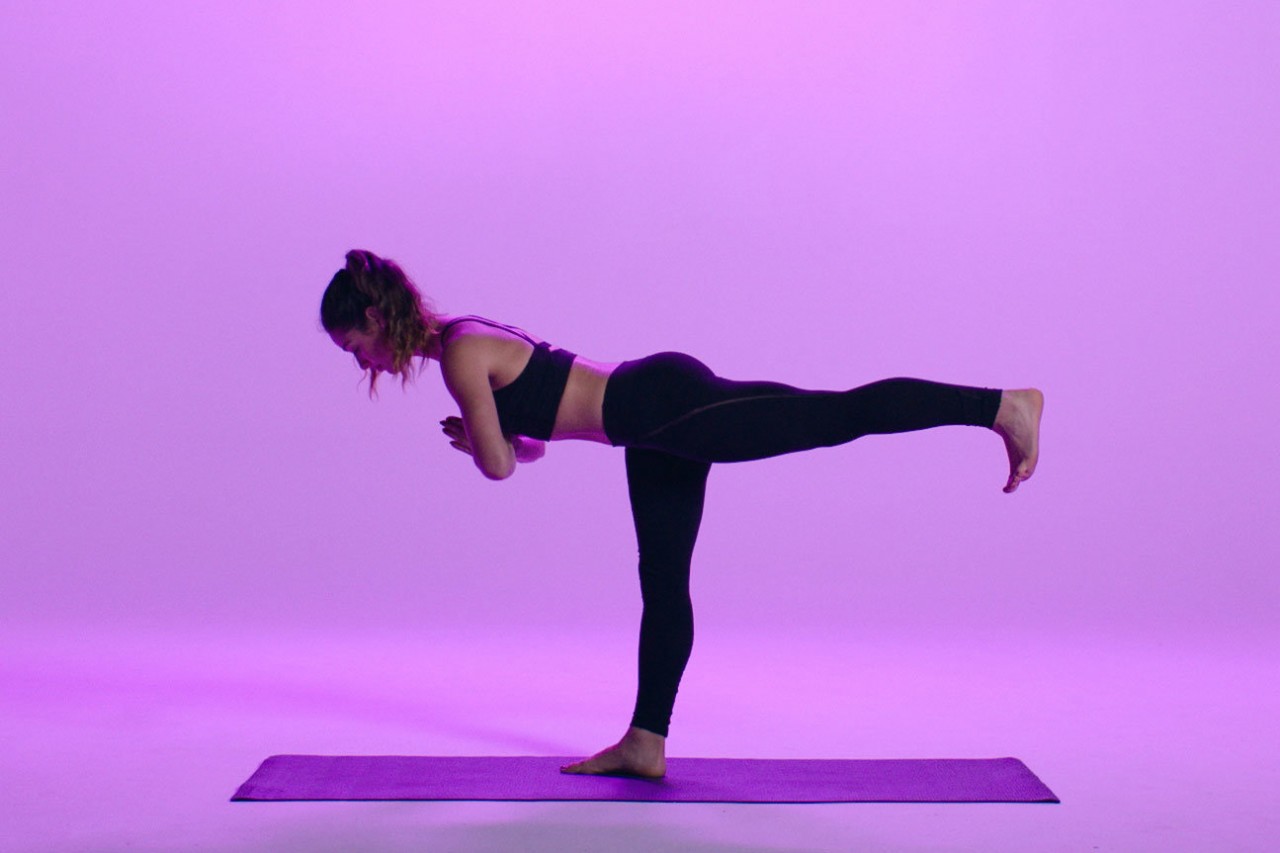 |
| Photo: The New York Times |
If you have an extra room that you can devote to your yoga, great! Having your yoga mat unrolled and out all the time is certainly inviting.
Most of us, however, have to be more flexible and create a space when we want to practise. Try and find a spot where it’s peaceful and quiet, with as much space around you as possible. An empty piece of wall can be handy too since the wall is a great prop. If you like, it can be nice and even helpful to create some atmosphere with a candle or an incense stick.
Things like candles and incense are just extras, and by no means necessary to practise yoga. You can do yoga anywhere as long as you have enough space around you without the risk of bumping into tables, chairs, etc, according to EckhartYoga.
3. Create your own yoga space
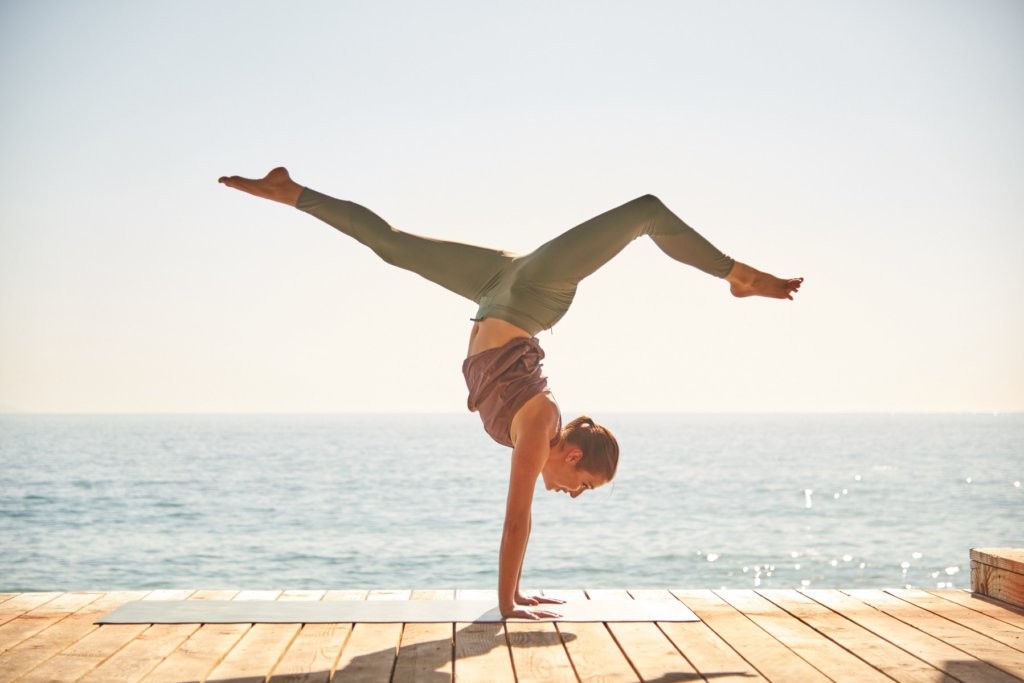 |
| Photo: Getty Images |
If you try to do yoga in a cluttered, chaotic room with a lot of distractions, it may be difficult to stay focused. Create a special space in your home for your yoga practice, and make it feel warm and welcoming. This is your personal yoga studio, so make it you!
Surround yourself with candles, incense or essential oils, your favorite music, and colors that calm and soothe your mind. Adorn your space with beautiful artwork that makes you feel happy and inspired, as well as mirrors so you can watch your form and make sure you are experiencing the full expression of the pose.
4. Watch Yoga videos
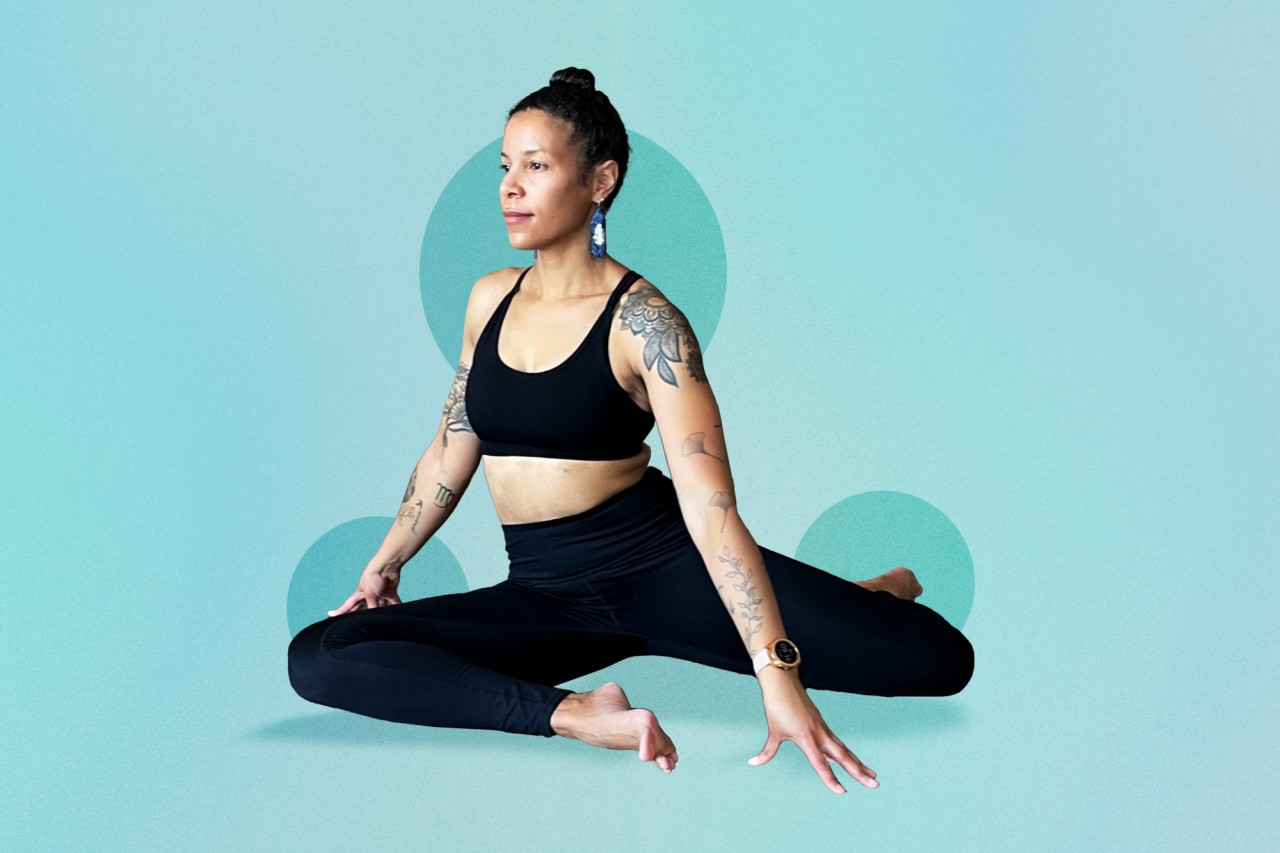 |
| Photo: Shape Magazine |
There are several yoga courses available online for beginners. They have easy-to-follow guidelines for practising yoga. You can also buy yoga DVDs to learn various poses. While choosing a yoga video, opt for the one that matches your particular yoga goals. For example, if you are looking for yoga asanas for weight loss, then look for videos that will inform you about ashtangasana or vinyasa video. If someone is seeking mindfulness and meditation, then hatha yoga video may be best suited for them. Similarly, restorative yoga is for stretching and repairing muscles.
5. Use Props
There is no shame in the props game! Yoga props are out there for a reason: to assist you with your unique yoga practice. Practicing yoga at home is your time to experiment and get comfortable with a pose, so grab a set of blocks, a blanket, or a strap to make pose modifications and explore what feels right in your own body.
Every pose can be adjusted to meet your needs and what your body is capable of, and props are a great way to make a challenging pose accessible – it’s how you evolve in your yoga practice. Safety is paramount in your practice and yoga props can help you maintain proper alignment in a safe and comfortable manner.
6. Be mindful of challenges
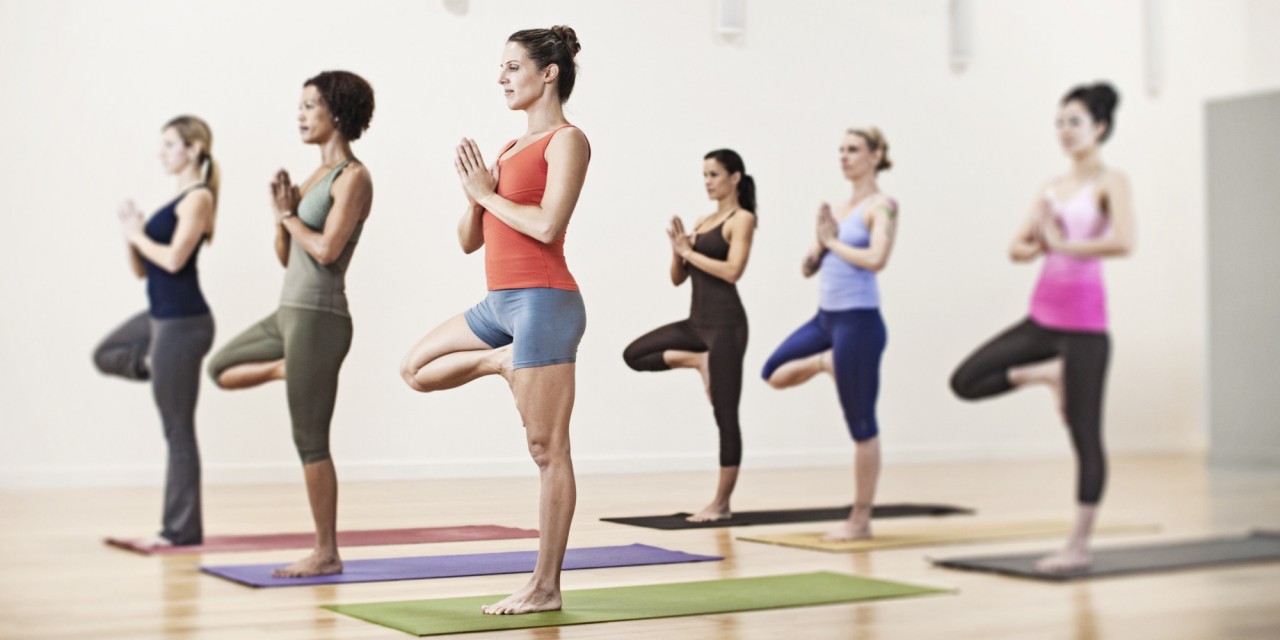 |
| Photo: Facebook |
It is sensible to expect a few hurdles while doing yoga poses. Understanding the basics of asana position to correct sequencing of asanas may take some time and rehearsals. Be alert to any likely injury or pain. Yoga, when done accurately, should feel effortless. Thus, give yourself sufficient time to familiarise, improve and eventually master an asana. Don’t be in a hurry to do it all lest you end up hurting yourself. Begin with a few sessions each week and gradually build up towards everyday yoga.
7. Find resources
You might find it difficult to sequence a yoga practice in your head. Luckily, there are a ton of online resources that you can turn to for guidance. There are plenty of free online resources, such as podcasts and videos on YouTube, so take advantage of what the worldwide web has to offer!
If you would like to take premium yoga classes and full-length programs taught by world-class instructors be sure to check out YA Classes, the on-demand yoga class platform of YogiApproved.com. You can try all classes free for 7 days and then pay just $10 per month for unlimited access to hundreds of premium classes.
8. Stay safe, prevent injury
This is one tip with no shortcuts. Always watch your boundaries and especially be mindful of your body’s vulnerable areas. Particularly vulnerable areas are knees, hips, spine, and neck. If you feel any painful sensations, adjust, soften, come out of the pose if you need to. Don’t force or push.
Warm up your body properly before attempting more advanced poses, and keep checking in if it feels okay to be in a pose. Be especially mindful during transitions between poses or when moving in or out of poses – these are moments of a potential risk of injury because we tend to pay less attention to our alignment, according to EckhartYoga.
9. Include different asanas
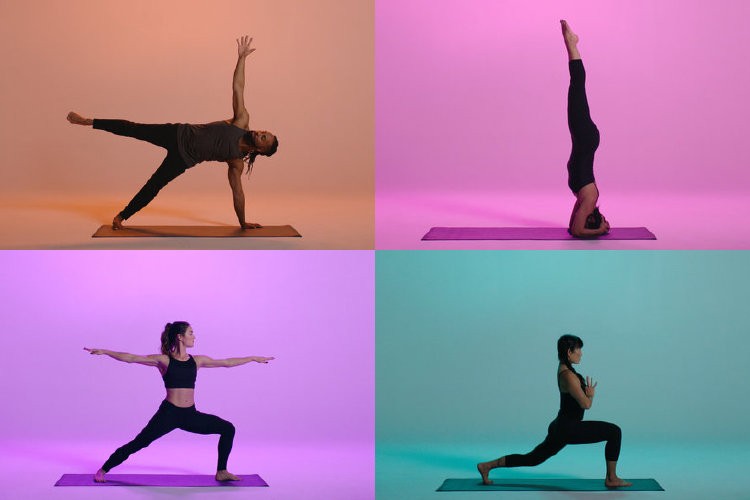 |
| Photo: Youtube |
You may not want to perform every single asana daily – and you don’t have to. Perform different asanas on different days. You may want to master a few simple ones first before moving on to complex ones. Try and incorporate new asanas. For example, you can follow the sequence of standing asanas, inversions, backbends, forward bends. You can also take in a twisting asana to relax your spine. Remember to hold every asana for a few breaths.
10. Intensify your Yoga
Once you are comfortable with your recognized yoga practice, try to hold every pose a little longer. Make endeavors to flow flawlessly between asanas. Deepen the intensity of your sessions by stimulating yourself to do more intricate poses like asanas which involve squats or lunges. Slowly increase the frequency by extending the number of days. You can safely expand to 5 to 7 days every week.
 | Eating Healthy: 10 Tips For Healthier Life Living and eating a healthy lifestyle is essential, but it is also not easy to follow. In the article below, these tips will show you ... |
 | Simple Guide To Prevent Wrinkles Under Your Eyes When people age, their skins will lose their elasticity and create wrinkles. Even though they are not dangerous or threatening to your health, there are ... |
 | Decoding the Ideal Wedding Gift (with What to Give Newlyweds) Some postponed weddings are still waiting to be celebrated. If the stress of buying wedding gifts is coming at you faster than a freshly launched ... |
Recommended
 Handbook
Handbook
Vietnamese Banh My Shines on Global Culinary Map
 Handbook
Handbook
Vietnam Ranks Among World’s Top 4 Most Attractive Culinary Destinations
 Handbook
Handbook
Vietnam’s AI Law to Require User Notification before AI Interactions
 Handbook
Handbook
10 Vietnamese Films Set For Screening In US To Mark 30 Years Of Diplomatic Ties
 Handbook
Handbook
Time Out: Hanoi Among Most Beautiful Autumn Viewing Spots in Asia
 Handbook
Handbook
Vietnamese Coffee Conquers Paris - More Than Just A Brew
 Handbook
Handbook
Belgium: Vietnamese Booth Leaves Strong Impression at ManiFiesta Festival 2025
 Handbook
Handbook


